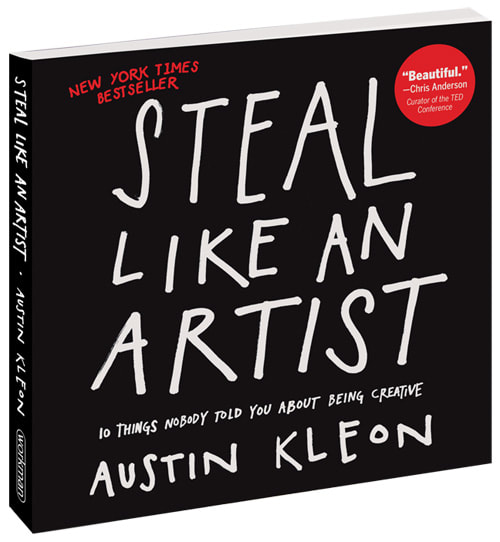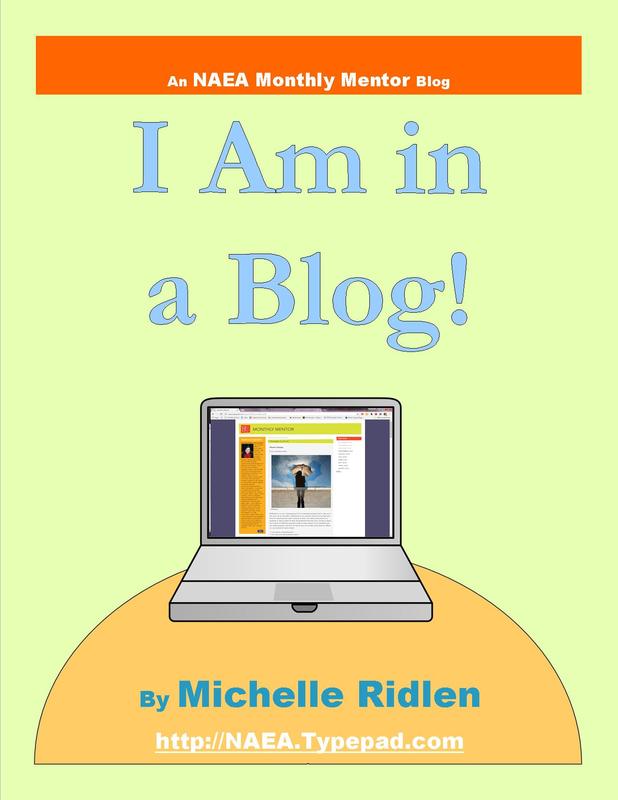|
Recently, PBS News Hour had a segment titled, "Why teachers selling lesson plans have sparked debate" that started conversations online about the nature of teachers making a profit off lesson plans and materials. As an art teacher, I have had to make many of my own lessons and materials, as I know other art teachers have done. I have had many conversations with high school teachers from other subjects such as ELA, Math, Science, Social Studies, etc. over the years about why I can't "just go the teacher's manual or materials" for the hand out or activity I want to do with my students. Most of the time that doesn't exist. Or I should say, it didn't exist. (and as a side note, most of the time, wasn't the type of thing I was really looking for...art needs way more engaging materials than a fill in the blank worksheet!) With the rise of Pinterest and social media connecting more and more art teachers across the country, reaching out to others for ideas became easier and easier. Sometimes it is an open request on a forum for help or examples, other times it is a direct ask through email, and an even easier way is by following the ever growing number of blogs and websites run by art teachers that are sharing the fantastic and exciting things going on in their classrooms. So many generous teachers are adding to the collective, supportive environment of art education by sharing ideas and materials openly - without a paywall. Now while I don't begrudge teachers finding a way to supplement their (too low) income by using their professional skills, I am also a big believer in collaboration and putting good out into the world. If we stopped sharing and always insisted on getting paid, the collective strength in our profession would be diminished. We need to be willing and open to give away some ideas, because, let's face it...not everything we do is truly 100% original. We do not work in a vacuum, we stand on the shoulders of giants, influenced by the ideas of others whether that be by artists, other art educators, or our students. Now, do we deserve to be compensated for our time and expertise when it comes to being adept at graphic design, layout, etc. and when we create a reproducible? Sure. But personally, I have always believed that we should give as much as we take. So if I have benefited from the inspiration, help, and materials from others, I should be turning around and offering as much to others.
behavior and even said it makes them wary to share as openly as they do. Does the existence of sites that charge for lessons then unintentionally promote unethical behavior? Do we continue to share as openly as we do, even if it means others may profit without us? Do we band together to continue our virtual PLN and stand stronger together, sharing materials as opensource goods and promoting good ethics and practices in art education? How do we keep each other in the right frame of mind to benefit as many students in art as possible? I'd love to hear others thoughts in the comments.
1 Comment
|
Hello!I'm Michelle. I am very excited to try my hand at blogging and sharing my thoughts and reflections in the field of art education. Original NAEA Blog PostsNAEA Blog Posts
I started blogging at the invitation of the National Art Education Association for their Monthly Mentor column. See those original blog posts here. Categories |



 RSS Feed
RSS Feed